Debenhams: Over 200 years of history
- Published
Debenhams stores across the UK are set to close after final attempts to rescue the ailing store chain failed.
All 12,000 employees are likely to lose their jobs when its 124 shops cease trading.
The history of the department store dates back to the 18th Century.
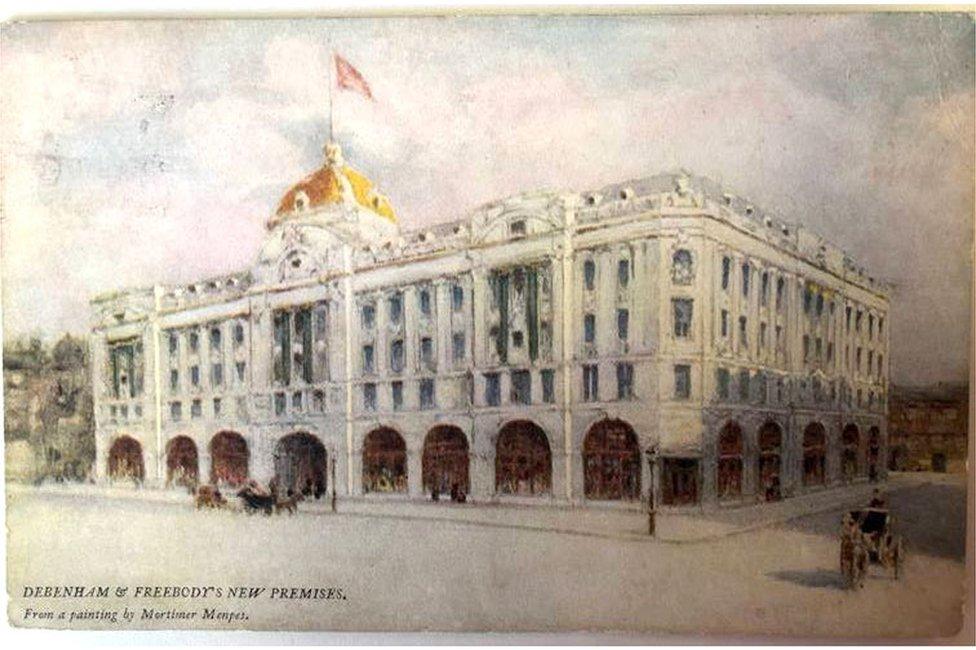
A postcard showing Debenham & Freebody department store in London, circa 1905
In 1778, William Clark opened a drapers store at 44 Wigmore Street in London's West End, where he sold expensive fabrics, bonnets, gloves and parasols.
Some decades later, William Debenham invested in the firm in 1813 and it was renamed Clark & Debenham.

William Debenham invested in the firm in 1813
The first store outside of London opened in Cheltenham in 1818.
The fashions of Victorian Britain saw the firm prosper, with widows and other female relatives adhering to a strict code of clothing and etiquette when in mourning.
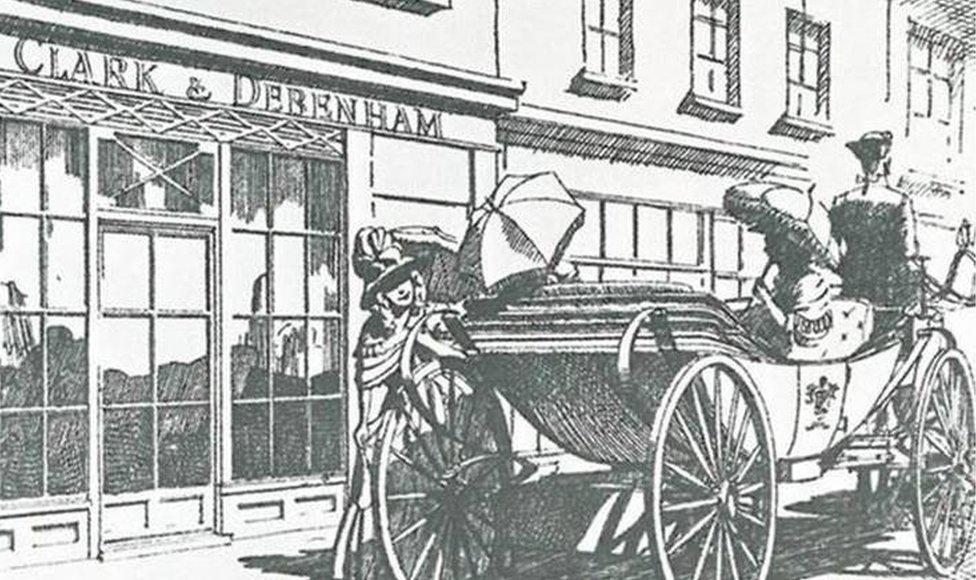
An illustration of a Clark and Debenham store in the 19th Century
The firm was renamed Debenham & Freebody when Clement Freebody invested in it in 1851.
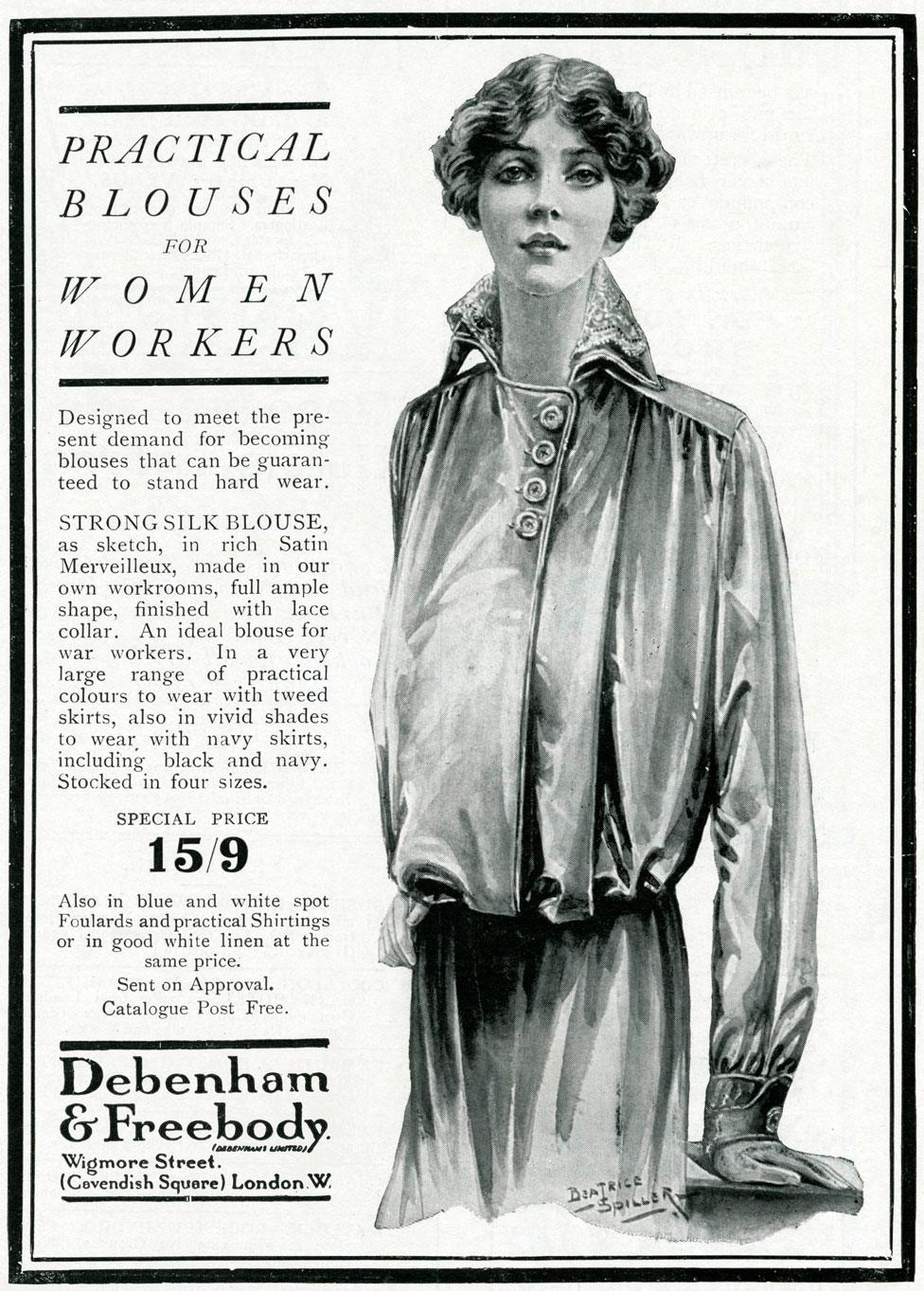
An advert for blouses from Debenham & Freebody
A wholesale business was established alongside its retail stores and offices were opened in South Africa, Australia, Canada and China, where they sold cloth to large retailers and dressmakers.
In 1905 the firm became Debenhams Ltd.
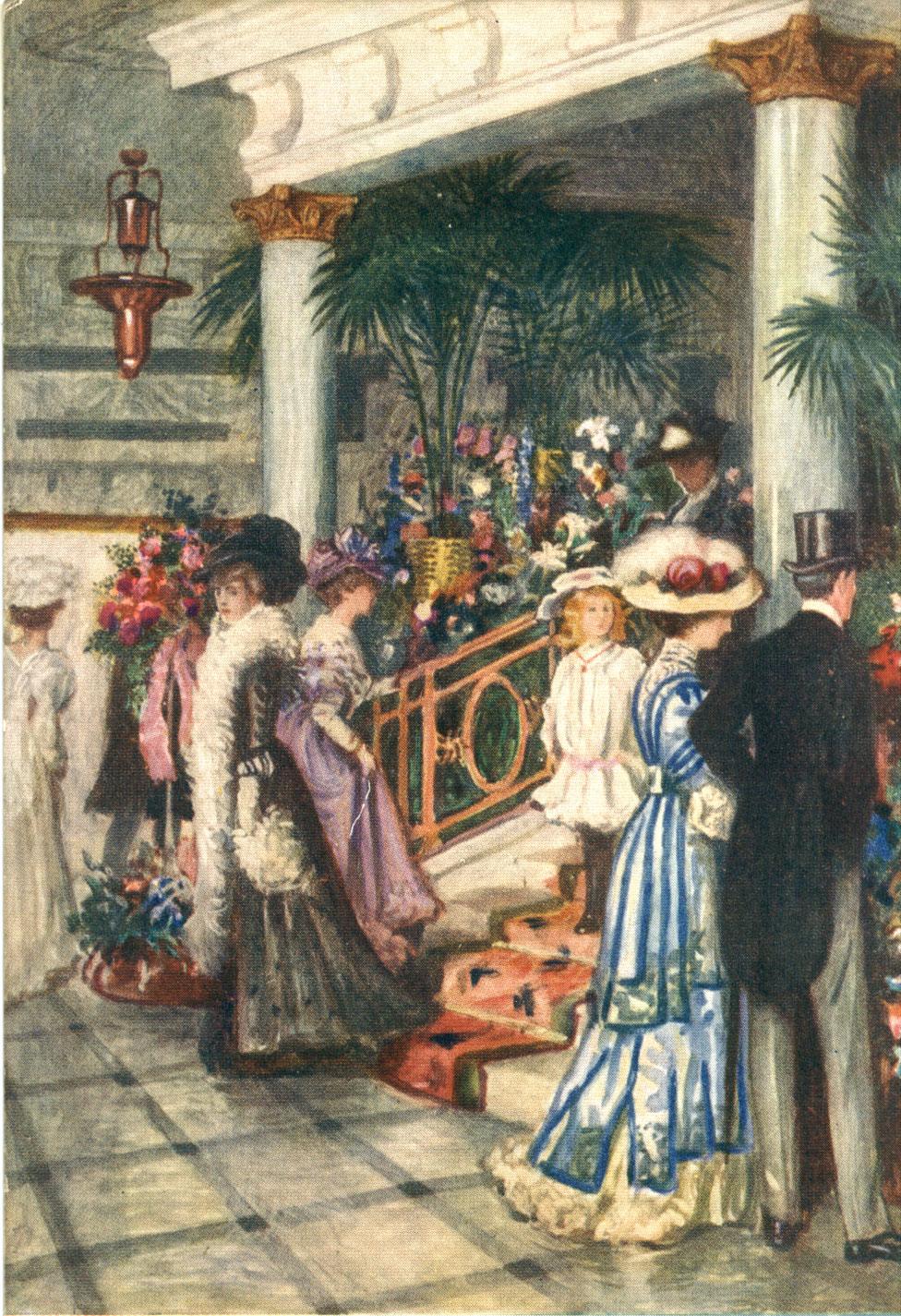
A postcard advertising a Debenhams store in 1906

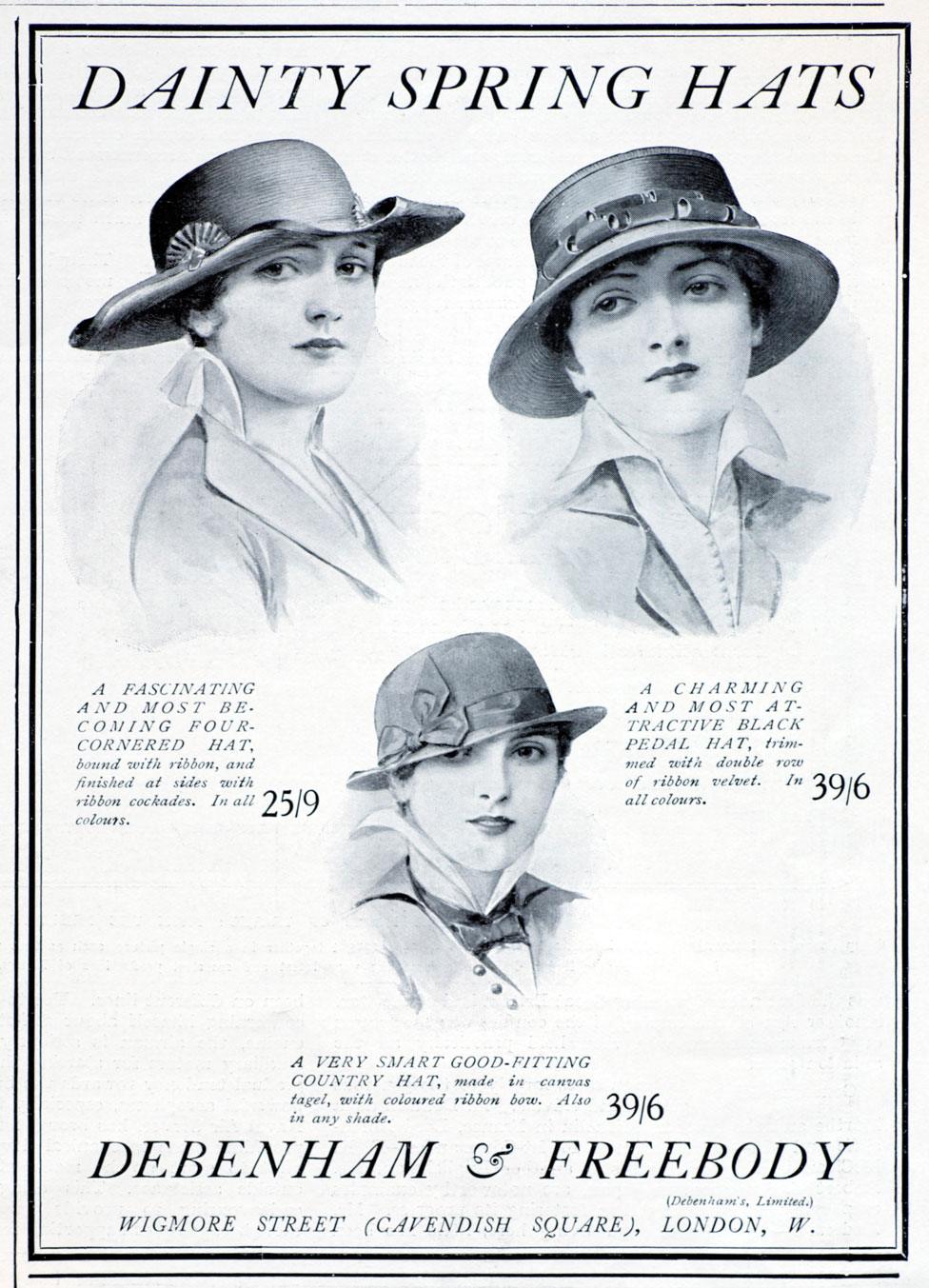
A Debenham & Freebody advert from 1915
After involvement of the Debenham family ended, the business became a public company in 1928.
By 1950, Debenhams owned 84 companies and had 110 retail stores.

A 1959 advert for Nina Ricci fashions, which were available at Debenhams


Model Brenda Cocchi wearing a satin evening dress from Debenhams in 1959
In 1977, all stores owned by the business were rebranded as Debenhams, except for Brown's of Chester, which retained its original name.
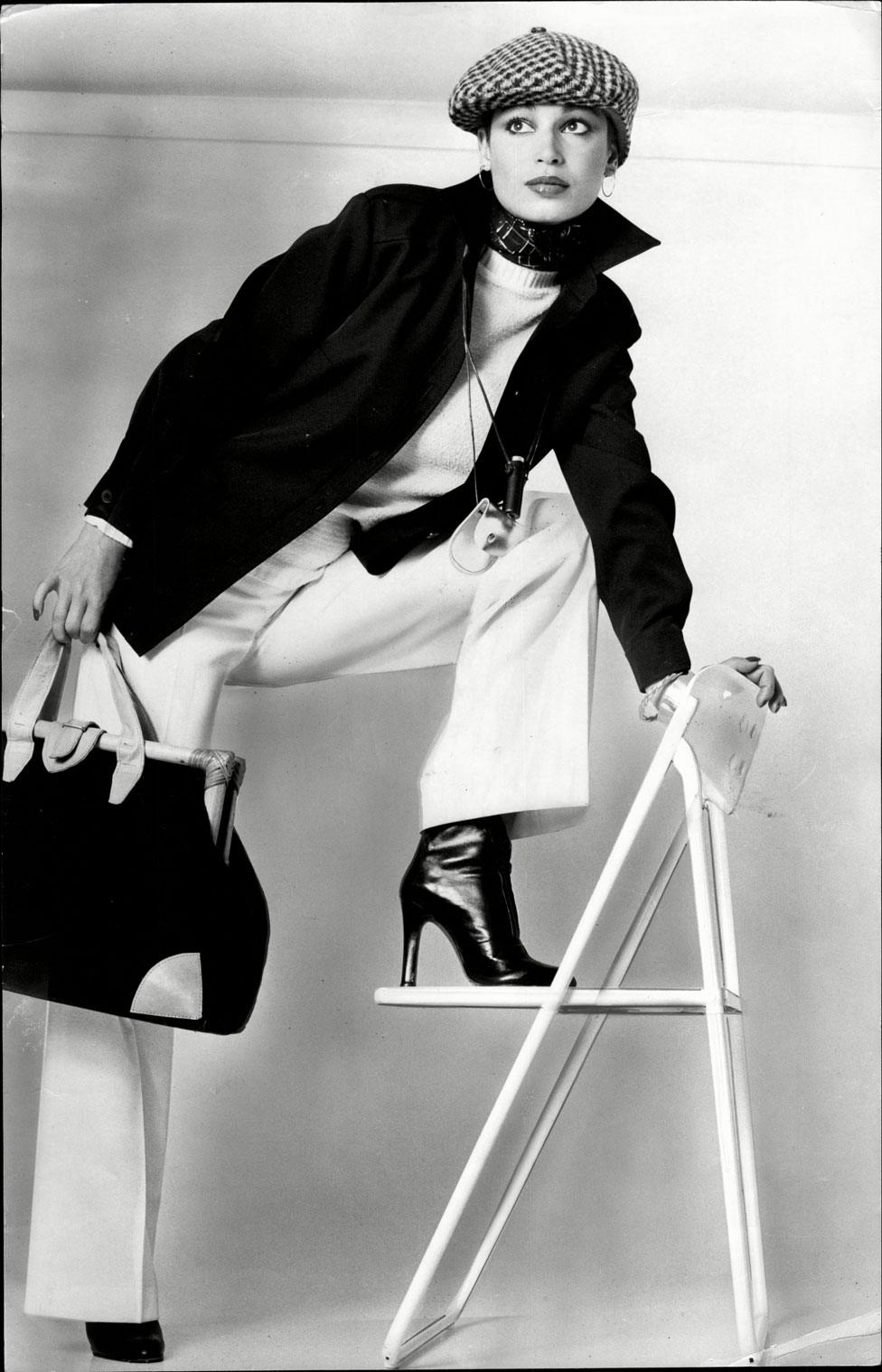
A model shows off the latest range of clothes and accessories at Debenhams in 1977

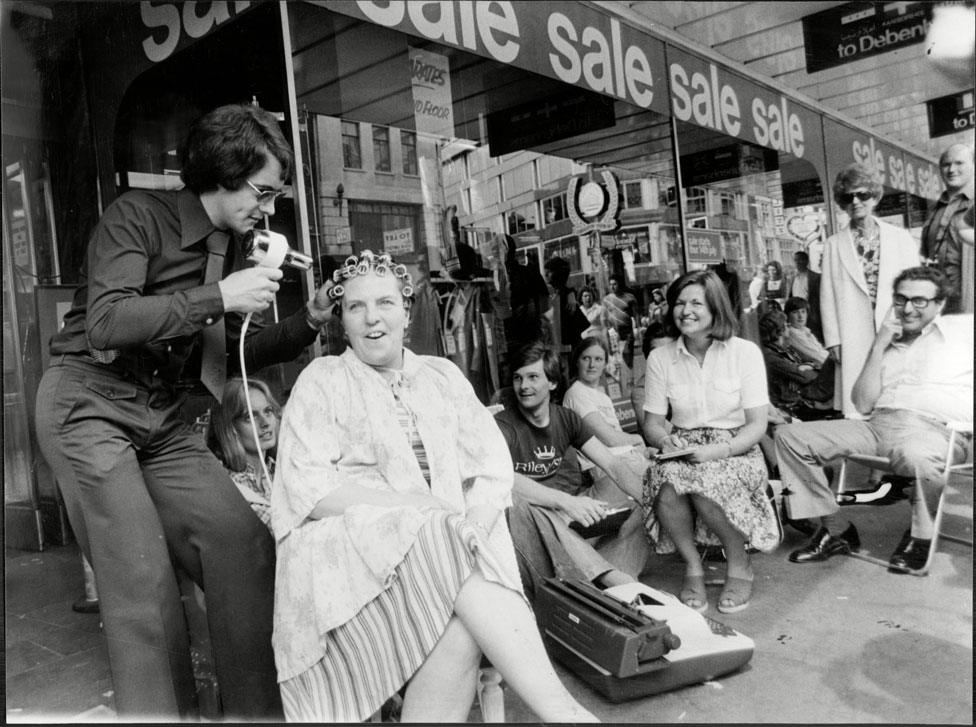
A shopper has her hair blow-dried as she queues for a Debenhams sale in 1977


Customers rush into a Debenhams department store as the doors open for its sale in 1977


Children visit Santa in his grotto at a Debenhams store in 1978

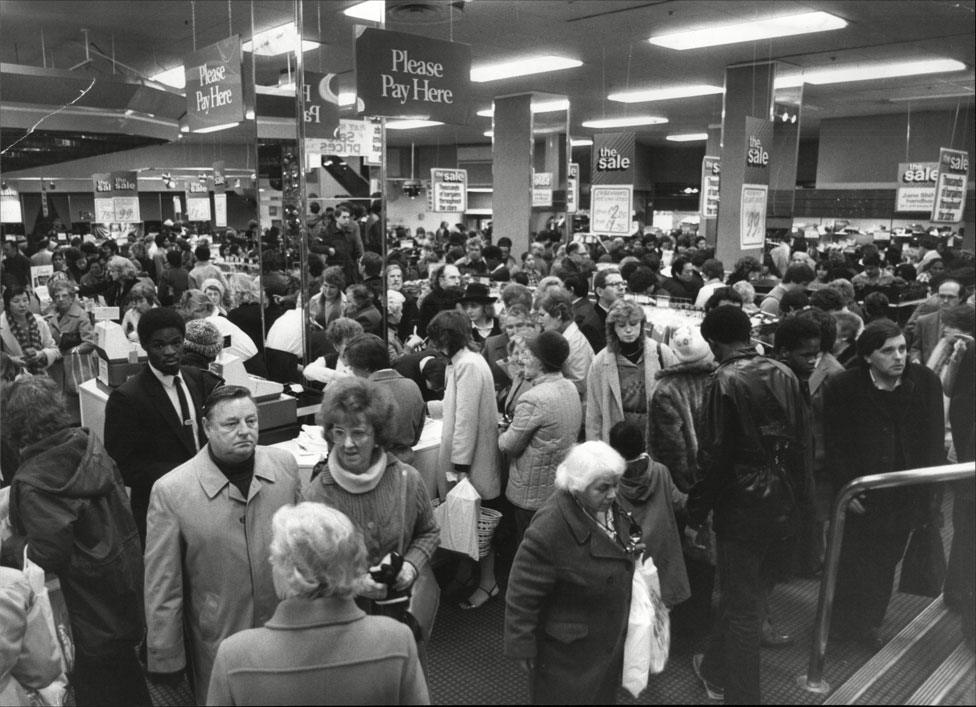
Shoppers make the most of a sale at the Debenhams store on Oxford Street, London, in 1982


Bucks Fizz singers Cheryl Baker (left) and Shelley Preston, pose with a Lego dinosaur in a Debenhams store in Croydon in 1985
From 1985 to 1998, Debenhams was part of the Burton Group.
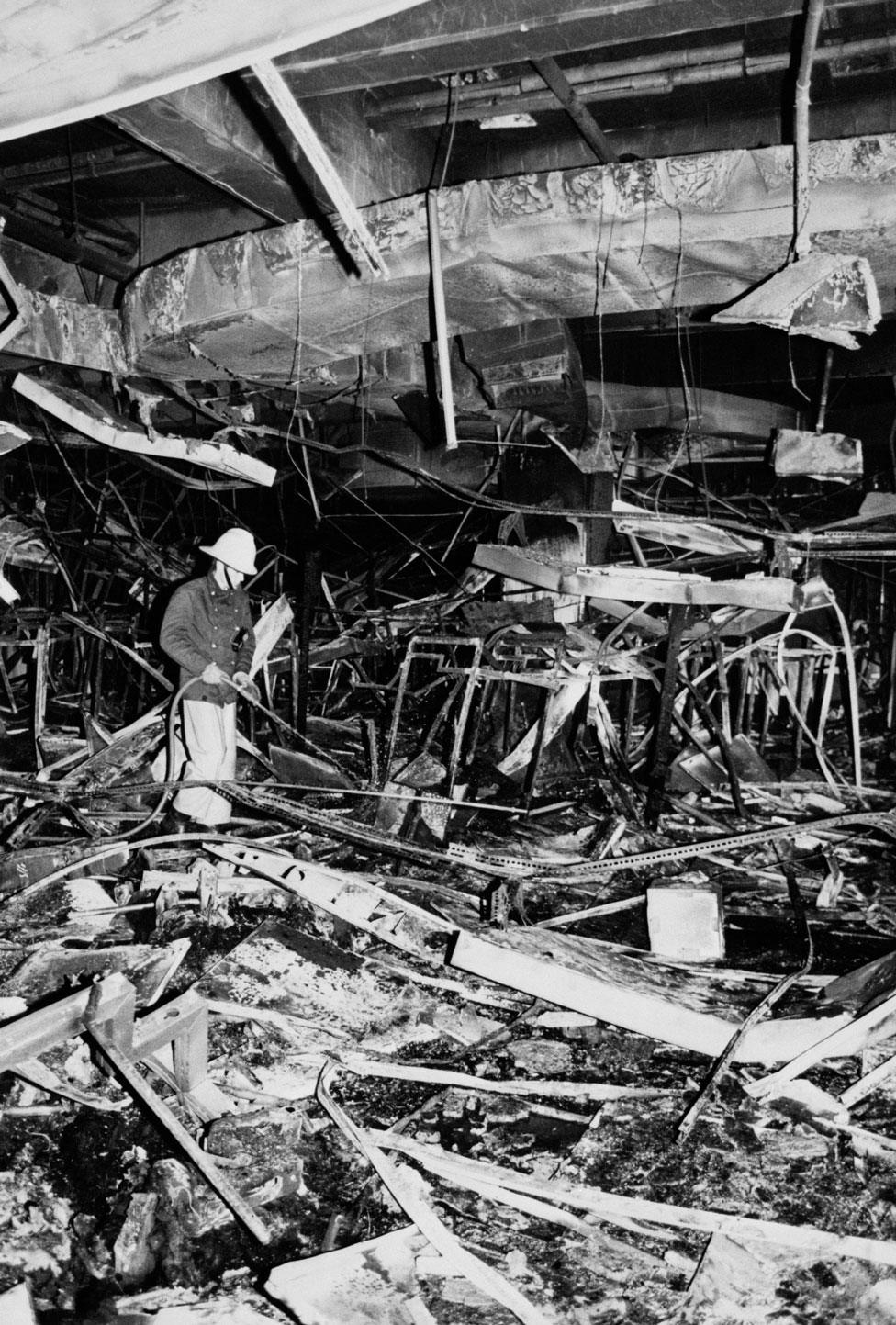
A fireman hoses down smouldered debris inside a Debenhams store in Luton, Bedfordshire, after a fire broke out in 1987. The Animal Liberation Front, protesting against the fur trade, claimed responsibility for fires at the company's stores in Luton, Harrow and Romford
In the 1990s, exclusive merchandise was introduced to the business, including the launch of Designers at Debenhams in 1993.
In 1997, the first international franchise store opened in Bahrain.

Westlife turn on the Christmas lights at Oxford Street, London, outside Debenhams in 2005

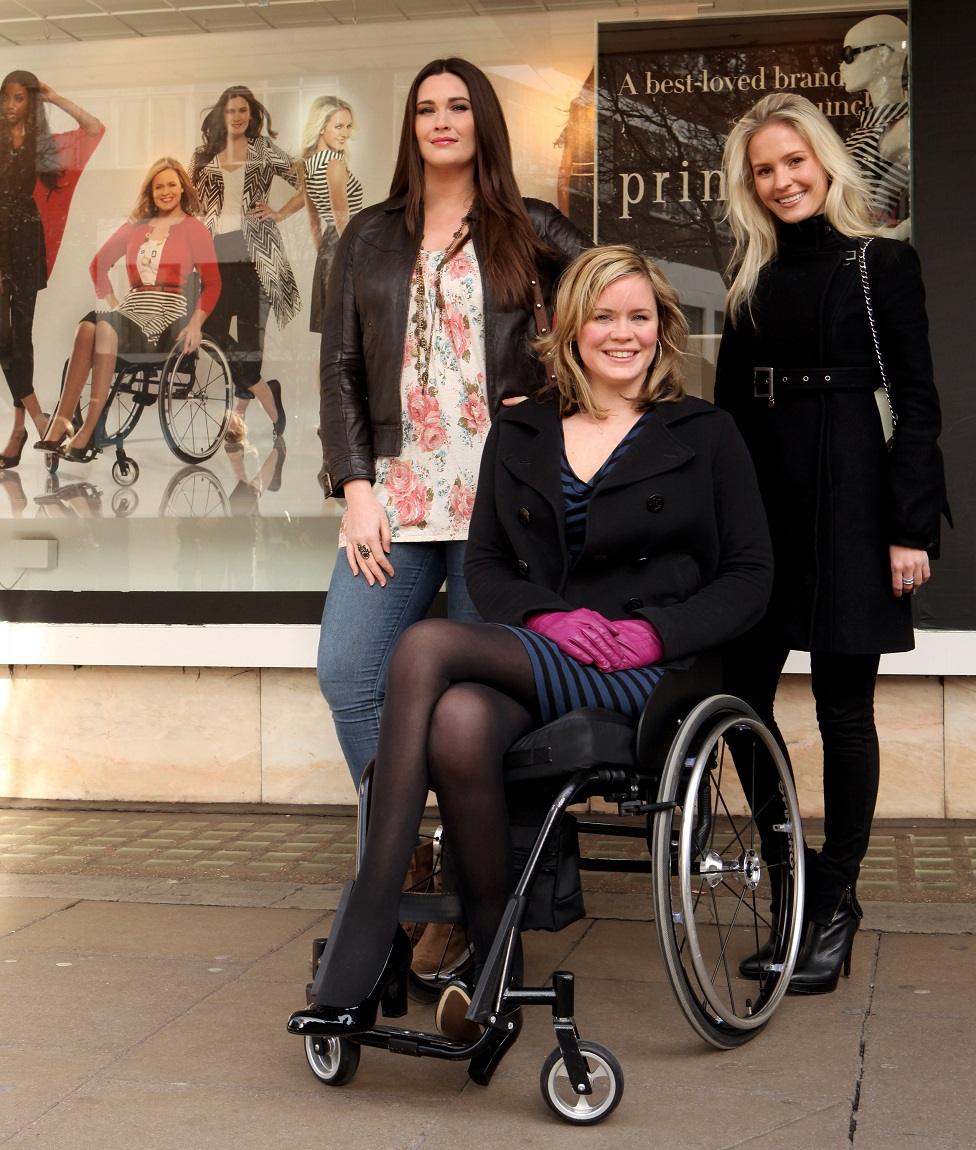
Model Shannon Murray (front) poses with model Kate Fullman (left) and model Tess Montgomery (right) in 2010 in front of a Debenham's window display that features themselves. Debenham's aim was to show models that better reflect the general public

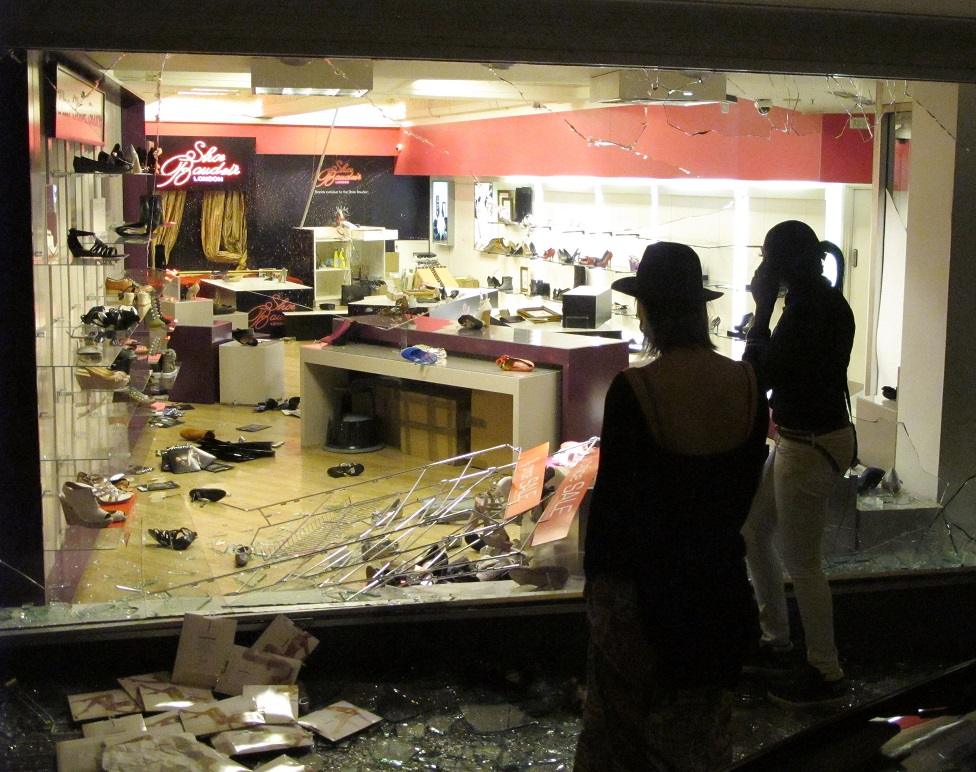
Two women look into a looted Debenhams store in Clapham Junction in London in 2011 following riots across the capital


The ribbon is cut at the opening of the first Australian Debenhams store in October 2017 in Melbourne

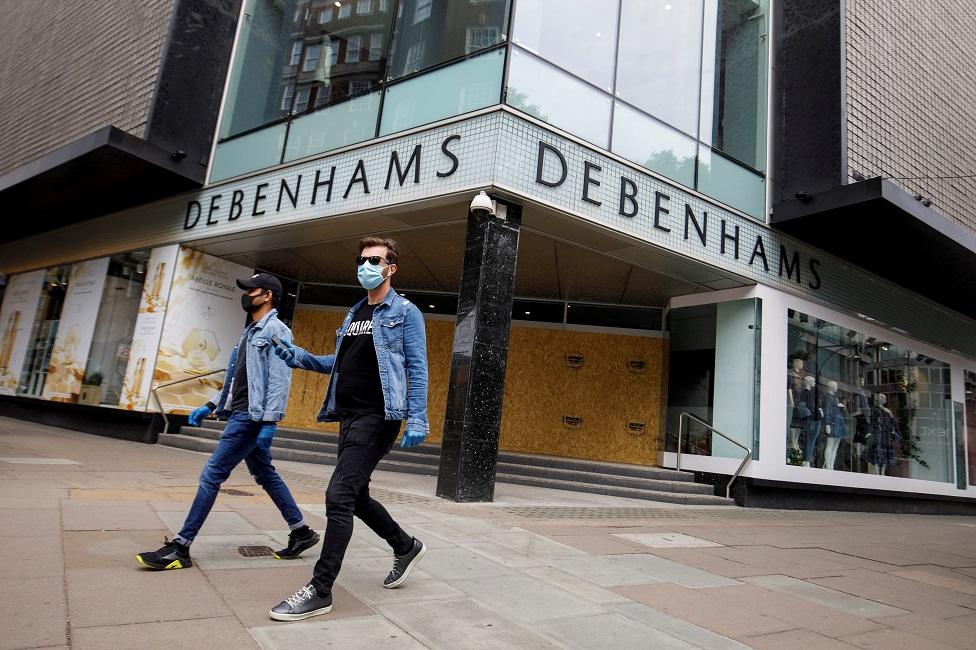
People walk past a closed Debenhams store in London in April 2020 during the lockdown due to coronavirus.
- Published1 December 2020
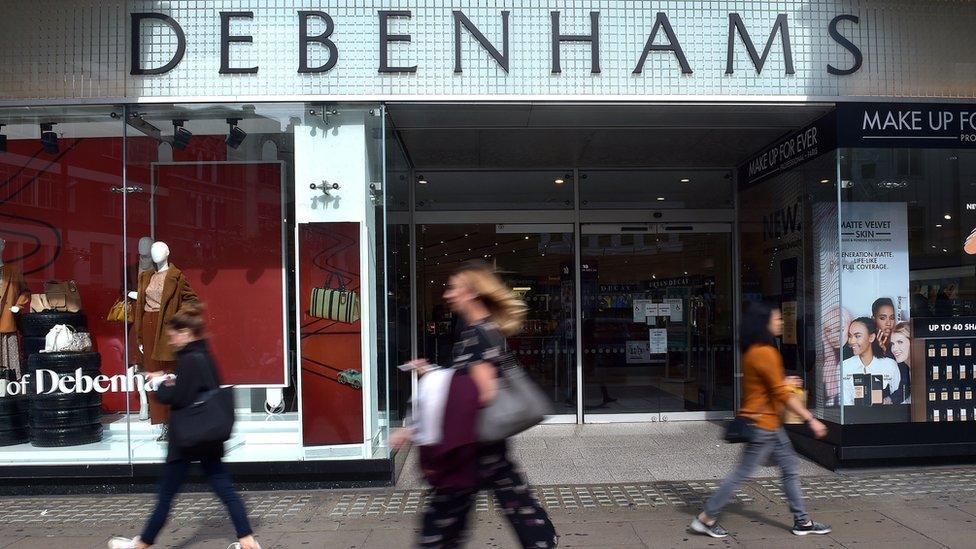
- Published1 December 2020
